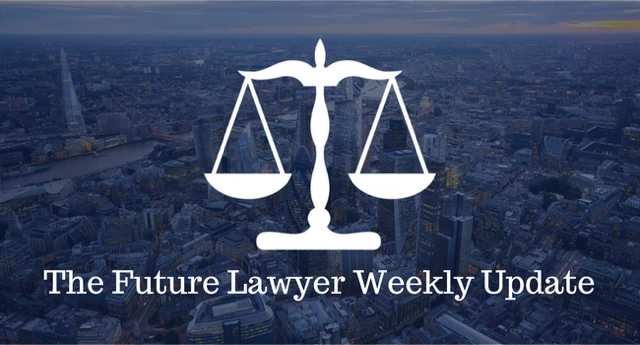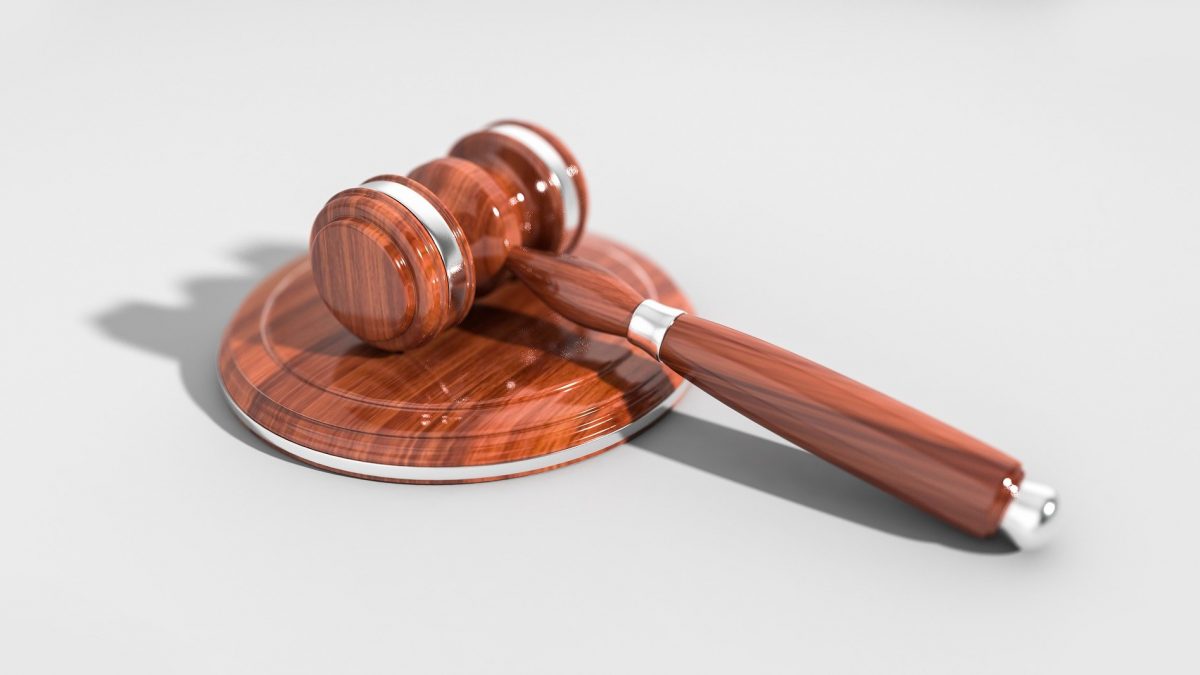
The Four-Day Work Week: A New Era of Productivity or a Risky Experiment?
November 2, 2023
The Future Lawyer Weekly Briefing – W/C 6th November 2023
November 6, 2023Disclaimer: This article is written by Amwene Etiang. Any views and opinions expressed in this article are those of the writers and do not necessarily reflect the views or positions of the team editor nor any entities they represent.
Five months after blocking the Microsoft-Activision merger, the Competitions and Markets Authority(CMA) has made a U-turn and given the go-ahead for the deal to take place. This year has been eventful, to say the least, for all parties involved. Yet, at the end of the year, the deal, which has been largely unchanged, has been completed. This article will consider how Microsoft got to this point and what this event means for the key stakeholders involved.
How did we get here?
Back in April, the CMA blocked the Microsoft-Activision merger, claiming that it would result in a “substantial lessening of competition” if allowed to proceed. A recent article I wrote has more details about this and can be found here. In summary, the CMA concluded that the merger would make Microsoft too dominant a player in the gaming market, which would have an adverse effect on consumers and other companies.
On May 15th 2023, the EU Competition Commission allowed the deal. The EU reasoned that Microsoft had sufficiently shown that the merger would not harm cloud gaming due to the arrangements and deals it had made with other companies such as Nintendo.
In America, the Federal Trade Commission (FTC) also challenged the merger. It contended that it would make Microsoft anticompetitive. Microsoft then successfully challenged the FTC’s decision in court. On appeal by the FTC in July 2023, the judge in the Ninth District Circuit refused to grant the FTC an emergency relief – that being temporarily stopping Microsoft from completing the deal awaiting its administrative decision. This decision de facto ended the FTC’s challenge, although it still plans on challenging the decision in court, thus allowing Microsoft to proceed with the deal in the US.
This left the CMA as the only major regulator blocking the deal from taking place. After the CMA’s decision, Microsoft decided to file an appeal at the Competitions Appeal Tribunal (CAT). Shortly after the decision of the US district judge, Microsoft, Activision, and the CMA requested the CAT to pause proceedings and agreed to negotiate an agreement. The eventual agreement between the parties was that Activision would sell its cloud gaming rights outside of the EEA to Ubisoft. As this remedy satisfactorily reduced the risk of a substantial lessening of competition, on October 13th 2023, the CMA accepted the merger.
Impact on Microsoft and Activision
Aside from the growth of its business, Microsoft avoided paying a hefty $4.5 million breakup fee by completing the deal. Although Microsoft has parted with $69 billion, it has acquired a world leading games developer and consolidated its position in the gaming market. This has been described as Microsoft positioning itself to take advantage of the fact that half of the $188 billion consumers will spend globally on video games goes to games played on phones. Microsoft has done this by expanding into the cloud gaming market. Nonetheless, according to Karol Severin, Midia Research’s senior games analyst, Microsoft conceding the cloud streaming rights was not difficult, as there are, at present, no strategic reasons for Call of Duty and other Activision games to be exclusive to Xbox Cloud Gaming.
The merger was also a win for Activision’s staff. In 2021, the Communications Workers of America (CWA) accused Activision Blizzard of trying to break up unions among its staff. However, “Microsoft remains steadfast in [its] support of [its] current and future employees in whatever choice they make about their workplace and their representatives,” according to Brad Smith. Microsoft has agreed to uphold its labor neutrality agreement with the CWA. The agreement expresses Microsoft’s commitment to being neutral in employees’ decisions to unionize, enabling streamlined processes for employees joining these unions and respecting their right to communicate.
Impact on competition authorities
Following the completion of the deal, Sarah Cardell, the chief executive of the CMA, stated that they “will not be swayed by any corporate lobbying.” This reflects the growth in the CMA’s confidence in keeping corporations in line. Arguably this entire process has been a reflection of the CMA taking a more activist stance on competition, one that is also matched by the FTC. Over the past five years, competition authorities have not shied away from reigning in the power of big technology companies, with cases being brought against Meta and Google in the USA in the past five years as well.
This process has also shown that, despite being national authorities, the decisions of the different authorities have an impact on each other. This can be evidenced by the change in approach of the CMA to negotiating with Microsoft after the FTC was defeated in court in July.
Impact on the cloud gaming and wider technology market
Despite the concerns of the CMA regarding competition in the cloud gaming market, Severin thinks that this merger could be “Microsoft’s Big Bang’ moment in games,” benefiting consumers but making it difficult for publishers and developers in the mid to long term. Imre Jele, co-founder of Bossa Studios, in response to a request for comment about the deal, mentioned that he had not seen audiences or the rest of the market benefiting from a company with a lot of market dominance. IDG Consulting predicts that there will be more mergers and acquisitions in this industry in the near future, despite volatile public and private markets. With varying responses from different players in the market, it remains to be seen whether Microsoft’s dominance in this market will be for the benefit or detriment of the players.
Conclusion
Microsoft-Activision merger being the biggest merger in the gaming industry, marks a significant consolidation of Microsoft’s power in the gaming market by strengthening Xbox’s position relative to its’ rivals, notably Sony. This could mean a better service for consumers, having access to more games on the same console/application, but it poses a challenge to other companies in the market, particularly developers. Furthermore, this merger has been a step forward for workers at Activision who are now able to freely unionize as part of Microsoft. Despite eventually acquiescing to or accepting the deal, the competition authorities may now be perceived as more difficult to work with by the technology companies. Nonetheless, it is hoped that their more activist stance towards competition will successfully balance the interests of the various parties.





